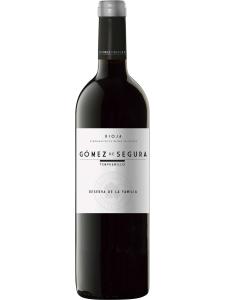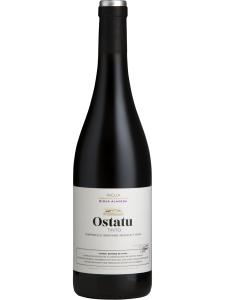Rioja Alavesa is the smallest of the three wine-producing sub-regions in Rioja, Spain. It is situated to the north of the River Ebro, straddling the La Rioja region and the Alava province within the autonomous community of the Pais Vasco (Basque Country).
The name Alavesa is derived from the host province. Rioja Alavesa is the northernmost of the three sub-regions, bordering Rioja Alta to the southwest and Rioja Baja to the southeast. Rioja Alavesa is most similar to Rioja Alta in terms of climate, soil and style, and together they are considered to produce the best wines of the region. A space-age 'wine city' and ultra-modern wineries sit side by side with stately bodegas and more modest wineries.
The ash-colored Cantabrian mountains dominate the landscape here, towering over the zone to the north. Rioja Alavesa is the closest of the three sub-zones to the Atlantic Ocean and thus the one most influenced by its cooling effects.
Two geographical features determine the quality of the wine produced in Rioja Alavesa: Firstly, its vineyards lie at high altitudes (1300–3930ft/400–1200m), resulting in cooler temperatures that help the grapes to acquire and retain moderate acid levels and good color. Secondly, the soil on the slopes and terraces where most of the vines are grown is rich in chalky clay and limestone, resulting in wines that are characterful and rich in extract.
Annual rainfall is around 20 inches (500mm) on average, which forces the roots to burrow deep into the soil in search of water.
Tempranillo is the main grape variety here, as in all parts of the Rioja, and Garnacha, Mazuelo and Graciano are used as blending partners. These wines are often prized for their aging potential. A very small quantity of white wine is also produced in Rioja Alavesa, from Viura (Macabeo) grapes.
Notable producers include Marqués de Riscal, Domecq Bodegas, Bodegas Palacio and Remelluri.




